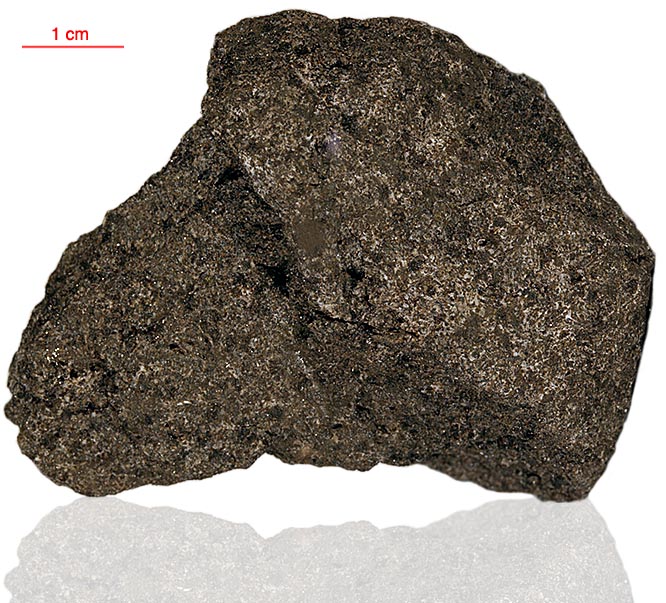
Fact sheet
78135 is a medium-grained ilmenite basalt collected from the lunar regolith. Pyroxene and plagioclase feldspar are the major mineral species, although ilmenite is also in high abundance. Trace amounts of olivine are also present as too is cristobalite in interstitial melt pockets. Rotation 1 is focused on a few small crystals of a brown mineral (tranquillityite). Rotation 2 shows a zoned pyroxene with wavy extinction.
The sample weighed 133.9 grams before analysis and has not been dated.
Further details of this and other Apollo samples are here: http://curator.jsc.nasa.gov/lunar/
Apollo 17, the final manned landing mission, had two objectives: to obtain samples of ancient rocks from the lunar highlands and to look for evidence of younger volcanic activity on the valley floor.
This small Collection contains material deriving from both periods, including igneous rocks around 4.3 billion years old from the lunar highlands as well as younger volcanic samples dating from about 3.6 billion years ago.
Apollo 17 was launched on 7 December 1972.






